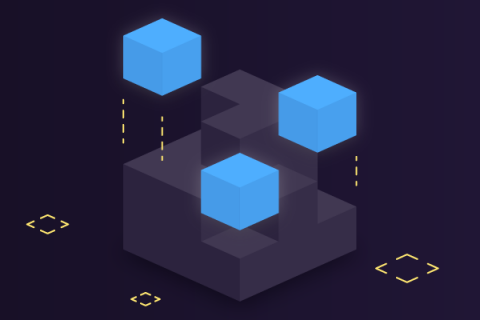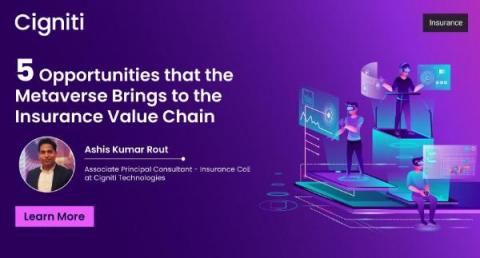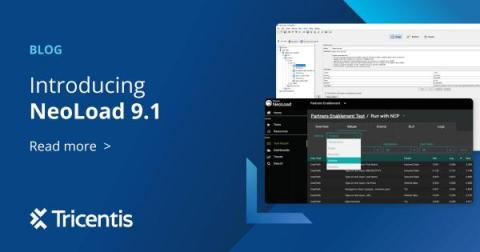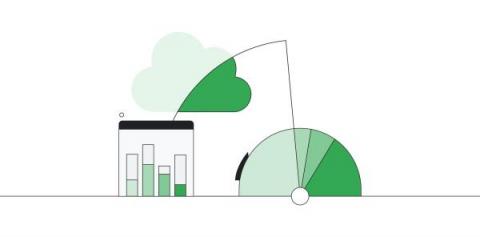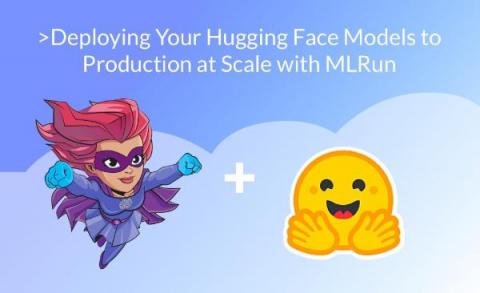No-code/low-code cloud data mapping with Talend
Mapping source columns with a data destination is arduous and time-consuming. Data fields can come from many source types and formats. Even though you are the expert on your datasets, you may require the assistance of IT to set up the mapping. However, the more sources, the more handoffs, the higher the possibility of errors. As organizational data has become more dispersed and voluminous across organizations and applications, it's more important than ever to ensure that you understand your data.



